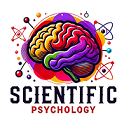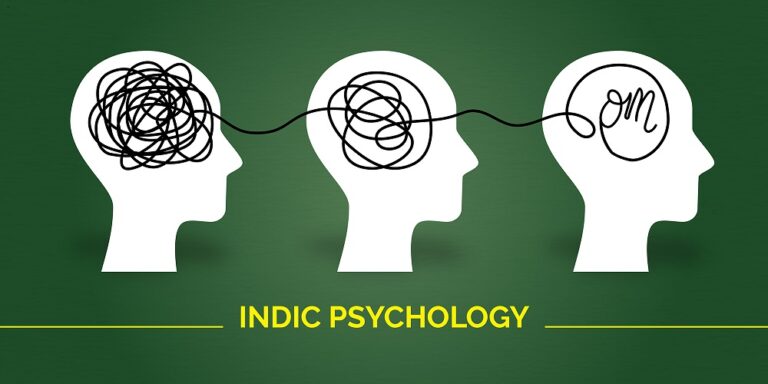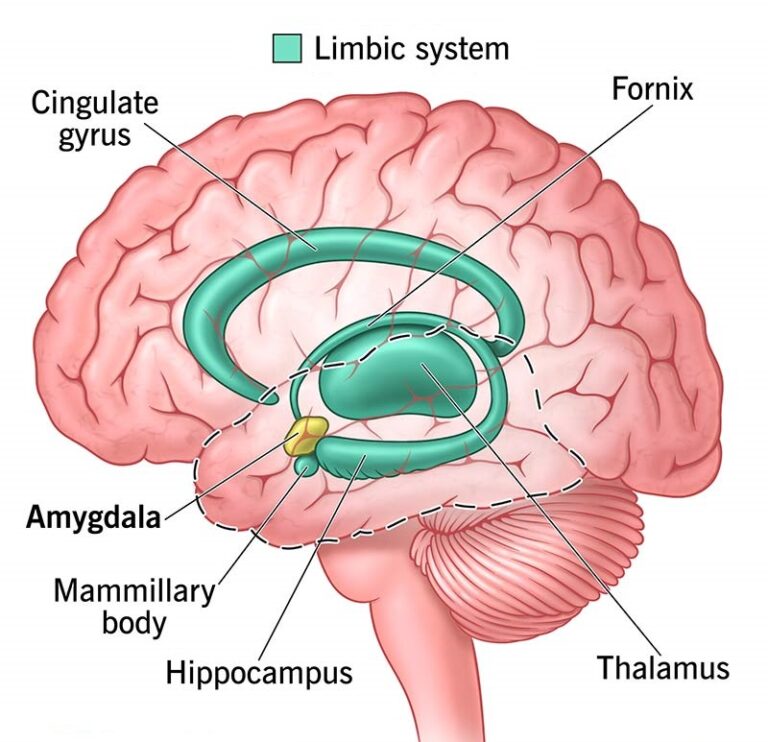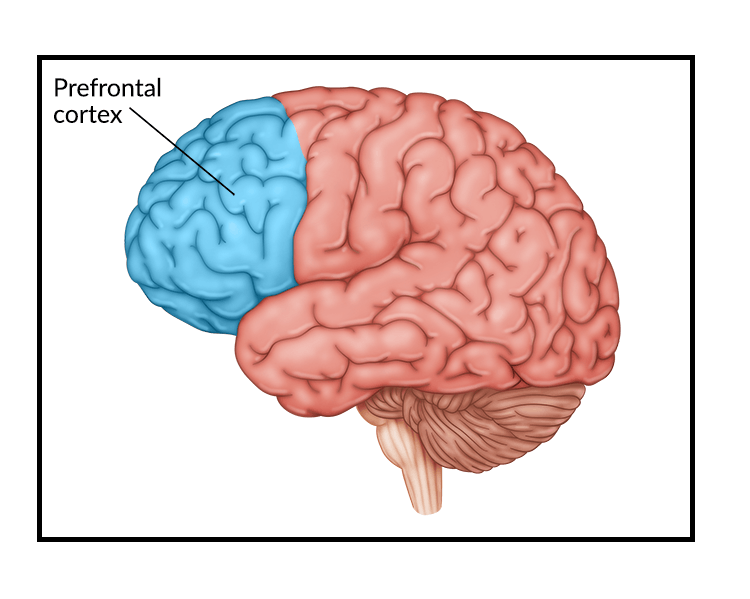
The relationship between science and spirituality has long been a subject of profound debate. The terms avidya and vidya — Sanskrit words meaning “ignorance” and “knowledge,” respectively — encapsulate two core concepts that have shaped philosophical, spiritual, and scientific discourses for centuries. While science is seen as a methodical pursuit of knowledge about the material world, spirituality often involves the exploration of consciousness, existence, and the mysteries of the universe from a more metaphysical standpoint. But can these two realms coexist, or are they inherently opposed?
Understanding Avidya and Vidya
In Vedantic philosophy, avidya refers to a form of ignorance that prevents an individual from realizing their true nature and the interconnectedness of all things. It is the illusion of separateness and the mistaken identification of the self with transient material realities. On the other hand, vidya is the knowledge that leads to spiritual awakening, enlightenment, and the realization of oneness with the universe. In this context, avidya is often seen as the root cause of suffering, while vidya is the path to liberation and bliss.
From a scientific perspective, avidya could be equated with the limitations of human understanding, the gaps in our knowledge, and the errors in perception that arise from biases, assumptions, or incomplete information. Science, much like vidya, is the pursuit of truth, using empirical methods to uncover the nature of reality. However, both science and spirituality acknowledge that there are limitations to human cognition, which must be recognized for genuine understanding to emerge.
Science and Spirituality: Common Ground or Conflict?
The apparent dichotomy between science and spirituality stems from their different methods of inquiry. Science relies on empirical evidence, experimentation, and logical reasoning, whereas spirituality often involves introspection, meditation, and experiential knowledge that transcends intellectual understanding. However, both disciplines seek to answer fundamental questions about existence: What is the nature of reality? What is the purpose of life? How do we understand our place in the cosmos?
Complementary Aspects of Science and Spirituality
- Consciousness and Quantum Physics: A key area where science and spirituality intersect is the study of consciousness. Ancient spiritual traditions, especially in the Vedantic and Yogic schools, describe consciousness as a non-local, infinite field that underlies the material world. Modern physics, particularly quantum mechanics, has raised similar questions about the nature of consciousness. Physicists like Roger Penrose and Stuart Hameroff have proposed theories of consciousness that go beyond traditional materialist views, suggesting that consciousness might emerge from quantum processes.The concept of non-locality in quantum physics, where particles can be instantaneously connected across vast distances, mirrors the spiritual understanding of the interconnectedness of all beings. This is a reflection of vidya, where the individual soul is seen as part of the greater universal consciousness.
- The Nature of Reality: Both science and spirituality grapple with the nature of reality. While science views reality as something that can be observed, measured, and analyzed, spirituality often sees it as an illusion (maya), with only the underlying unity being real. For instance, in the Bhagavad Gita, Lord Krishna teaches Arjuna that the material world is transient, and the true nature of existence lies in the eternal, unchanging spirit.However, modern physics, through its exploration of dark matter, dark energy, and the nature of spacetime, has shown that the material world is far stranger and more complex than our senses can perceive. In a sense, modern physics echoes the Vedantic teachings that reality is not as it appears and that true knowledge comes from understanding the hidden layers of existence.
Conflicting Aspects of Science and Spirituality
Despite their shared goals, science and spirituality often conflict in their methods and conclusions. Spirituality, with its emphasis on subjective experience and mystical insight, can seem incompatible with science’s focus on objectivity and repeatable results. Many spiritual traditions assert that the divine or the ultimate reality cannot be fully understood through the intellect alone, but rather through direct experience or inner revelation. Science, on the other hand, is wary of claims that cannot be empirically tested or observed.
An example of this tension is the scientific study of phenomena such as near-death experiences (NDEs) or the placebo effect. While spiritual traditions may view these experiences as evidence of the soul’s immortality or the mind’s power over the body, science typically approaches them from a psychological or neurological perspective, seeking to explain them through known mechanisms like brain activity and chemical reactions.
Avidya and Vidya in the Context of Human Progress
The quest for knowledge and understanding is central to both scientific and spiritual pursuits. However, each path has its limitations. Avidya in the scientific context can manifest in the form of unexamined assumptions, biases, or the inability to see beyond current paradigms. For example, scientists may be limited by the theories they hold as true and may be resistant to new ideas that challenge established knowledge. This can be seen in the historical resistance to ideas like heliocentrism or the theory of evolution.
On the other hand, vidya, while leading to spiritual enlightenment, can sometimes be inaccessible or difficult to articulate, especially when it deals with transcendent experiences that defy rational explanation. Here, the tension lies in the attempt to reconcile subjective experiences of spiritual awakening with objective, scientifically verifiable phenomena.
In the workplace or society, blending science and spirituality can promote holistic growth. For example, in the field of organizational behavior, incorporating mindfulness and meditation (spiritual practices) alongside leadership theories (scientific frameworks) can improve employee well-being and performance.
Example Table: Comparison of Avidya and Vidya in Different Domains
| Domain | Avidya (Ignorance) | Vidya (Knowledge) |
|---|---|---|
| Spirituality | Illusion of separateness, identification with the body | Realization of oneness with the universe, self-realization |
| Science | Limited by current paradigms, unexamined assumptions | Expanding understanding, discovery of new truths |
| Health | Ignorance of holistic well-being, focus on physical symptoms | Integration of mind, body, and spirit for overall health |
| Society | Social divisions, prejudices, and narrow perspectives | Understanding of interconnectedness, compassion, and equality |
Research Findings
Several studies have explored the intersection between science and spirituality, particularly the impact of spiritual practices on health and well-being. A review of 80 studies published in the Journal of Clinical Psychology found that mindfulness meditation (a spiritual practice) significantly reduces stress, anxiety, and depression, and enhances overall mental health (Goyal et al., 2014).
Further, research in the field of quantum consciousness has led to a growing body of work exploring the relationship between quantum mechanics and mystical experiences. For example, a study by V. P. K. Vasudev (2018) explores how the principles of quantum mechanics might align with Vedantic descriptions of consciousness and the universe.
Conclusion
The exploration of avidya and vidya through the lens of both science and spirituality offers a rich and complex tapestry of insights. While science provides a framework for understanding the material world through evidence and experimentation, spirituality offers a path to deeper, subjective understanding of existence. Both are necessary for a comprehensive view of reality, and when integrated, they can foster greater human progress.
Rather than being opposed, science and spirituality can complement each other, with science uncovering the laws of the physical world, and spirituality guiding us toward understanding the deeper, unseen truths of existence. This synthesis of avidya and vidya can lead to a more holistic and profound appreciation of the universe and our place within it.
References
- Goyal, M., et al. (2014). Meditation programs for psychological stress and well-being: A systematic review and meta-analysis. Journal of Clinical Psychology, 70(1), 1-13.
- Vasudev, V. P. K. (2018). Quantum mechanics and Vedanta: Exploring the connection. Journal of Consciousness Studies, 25(3), 21-43.







